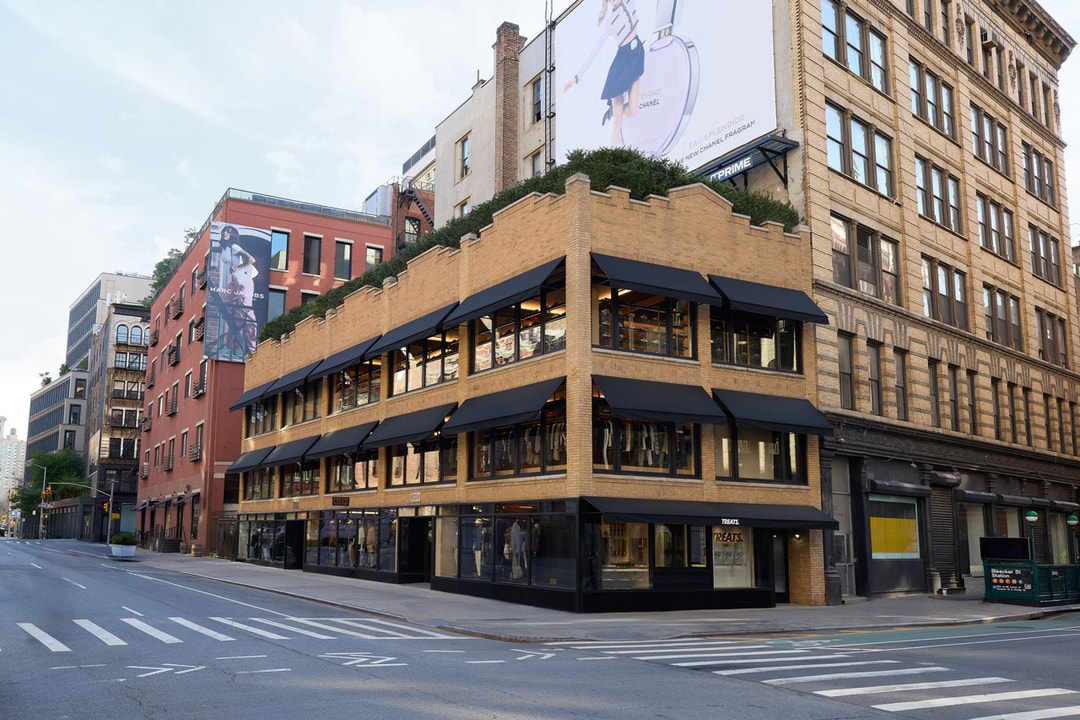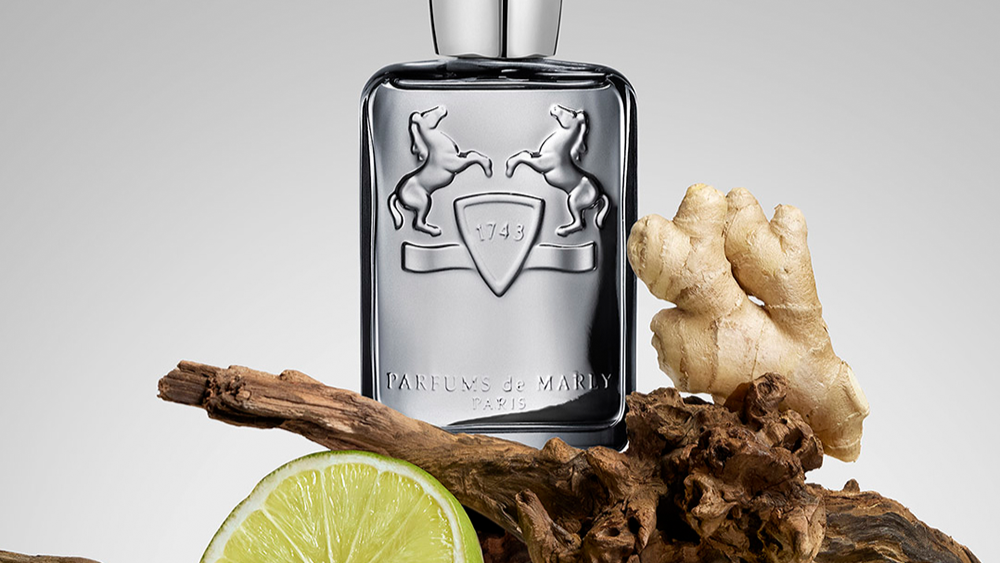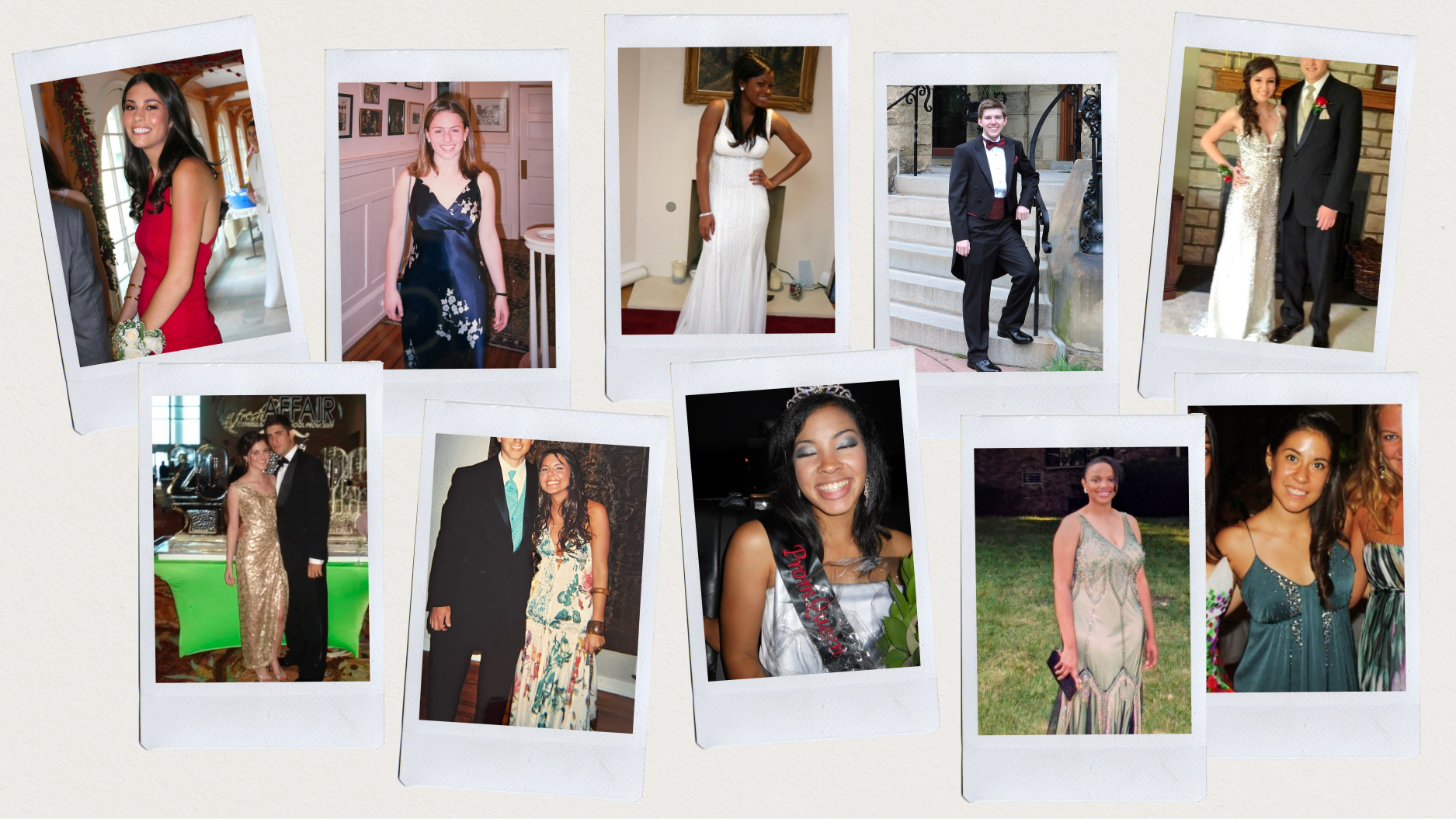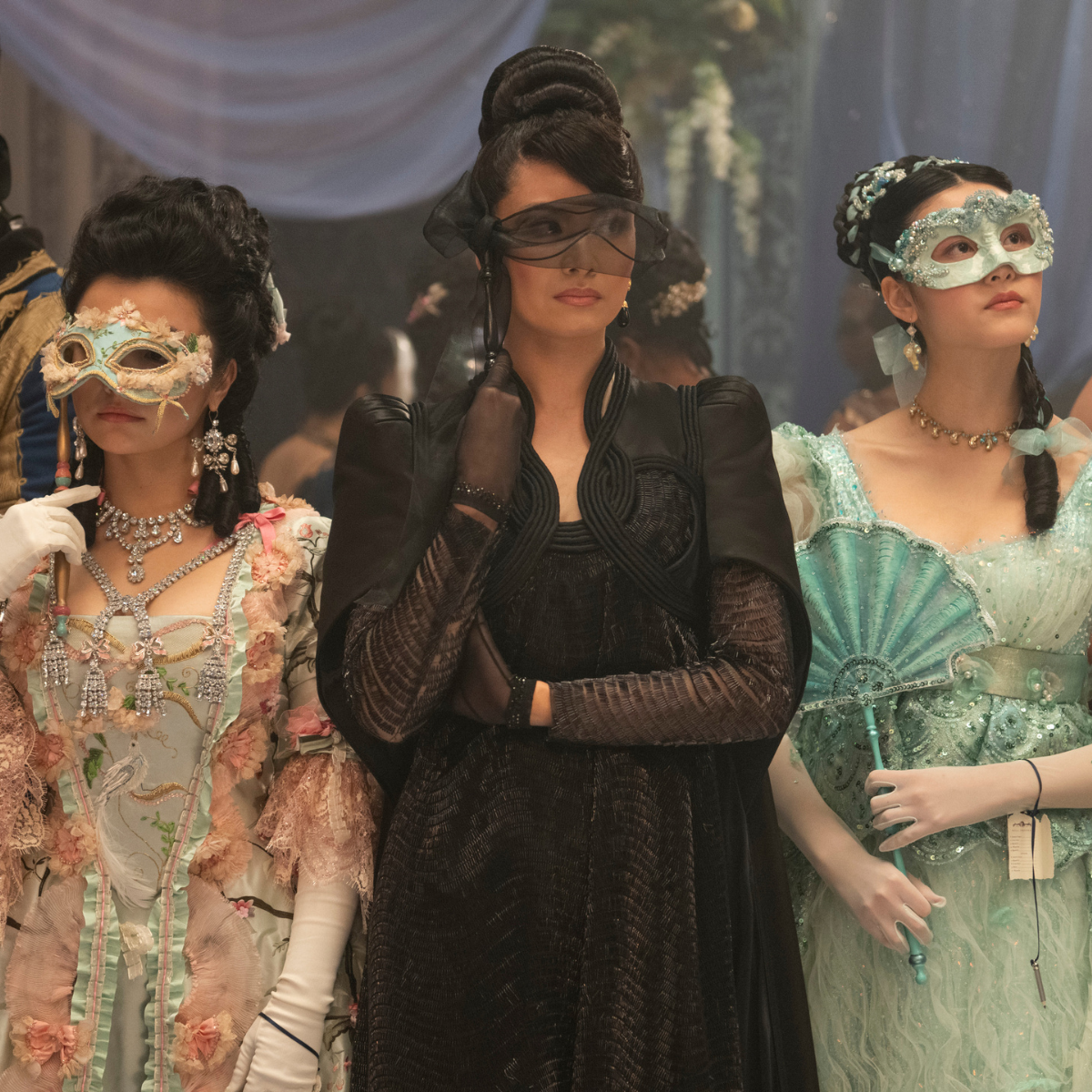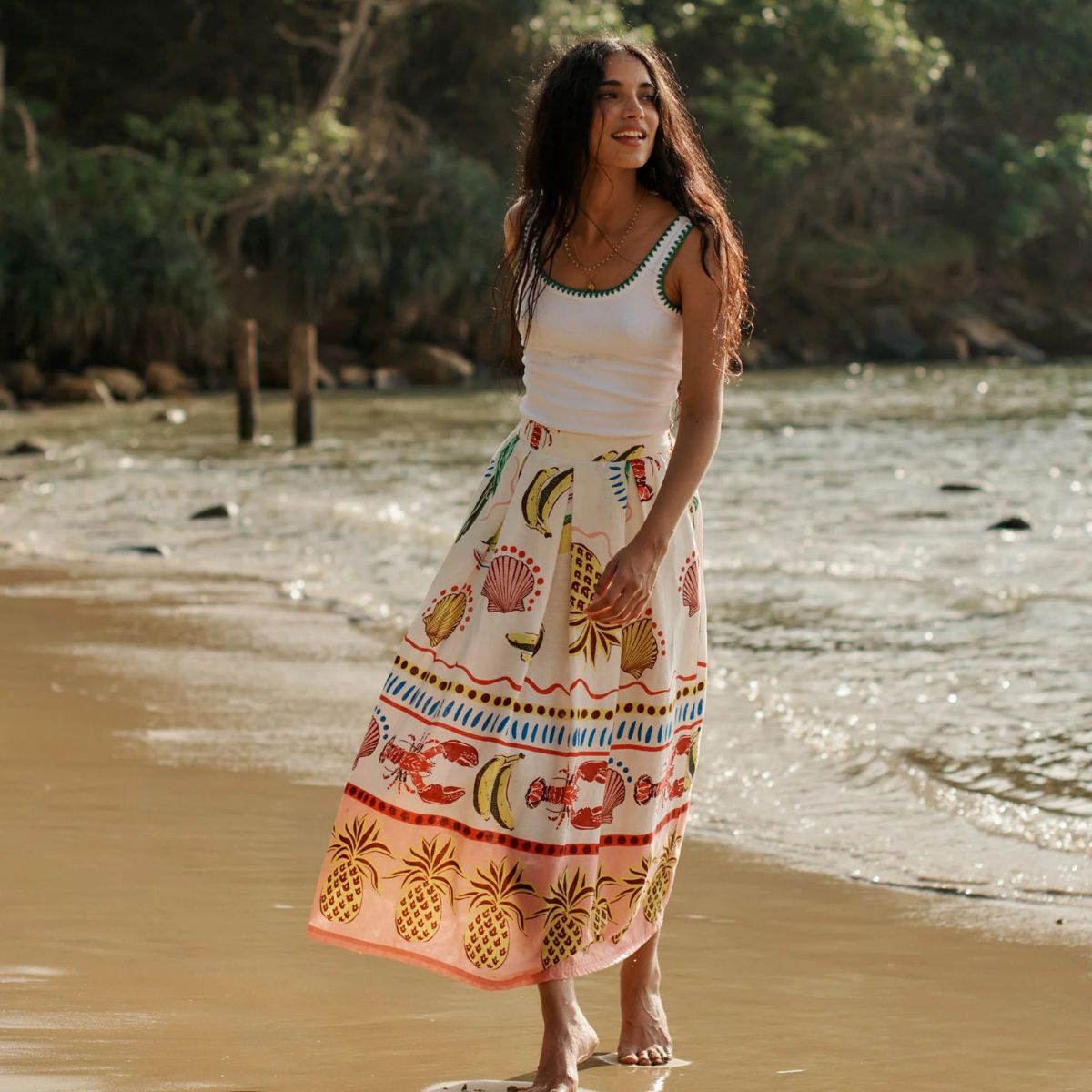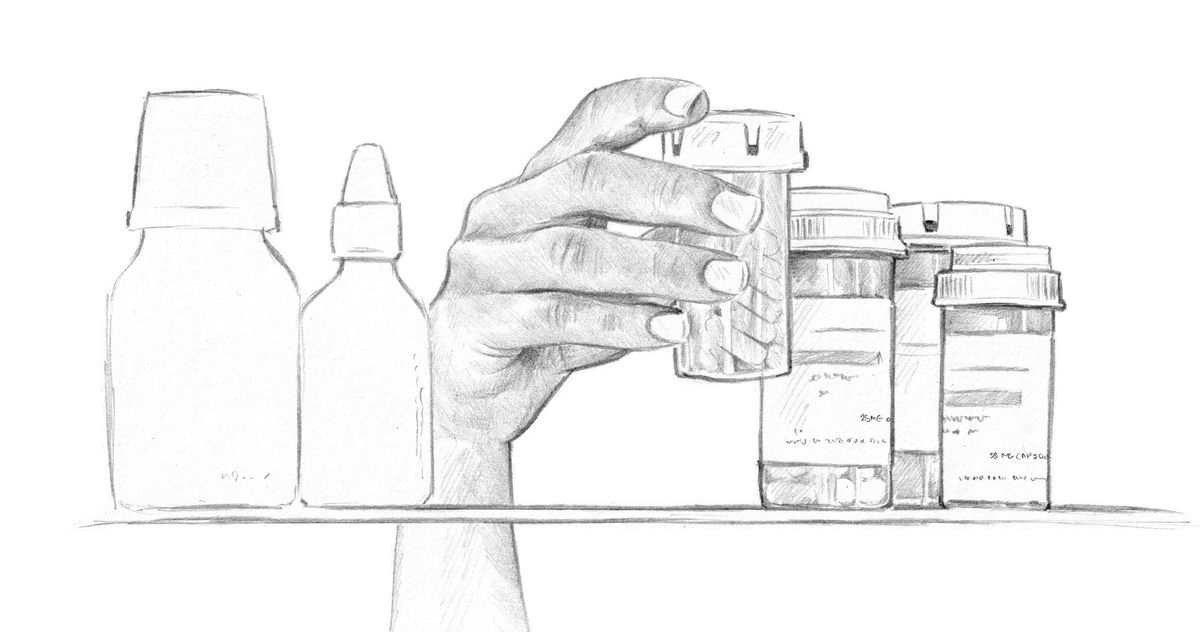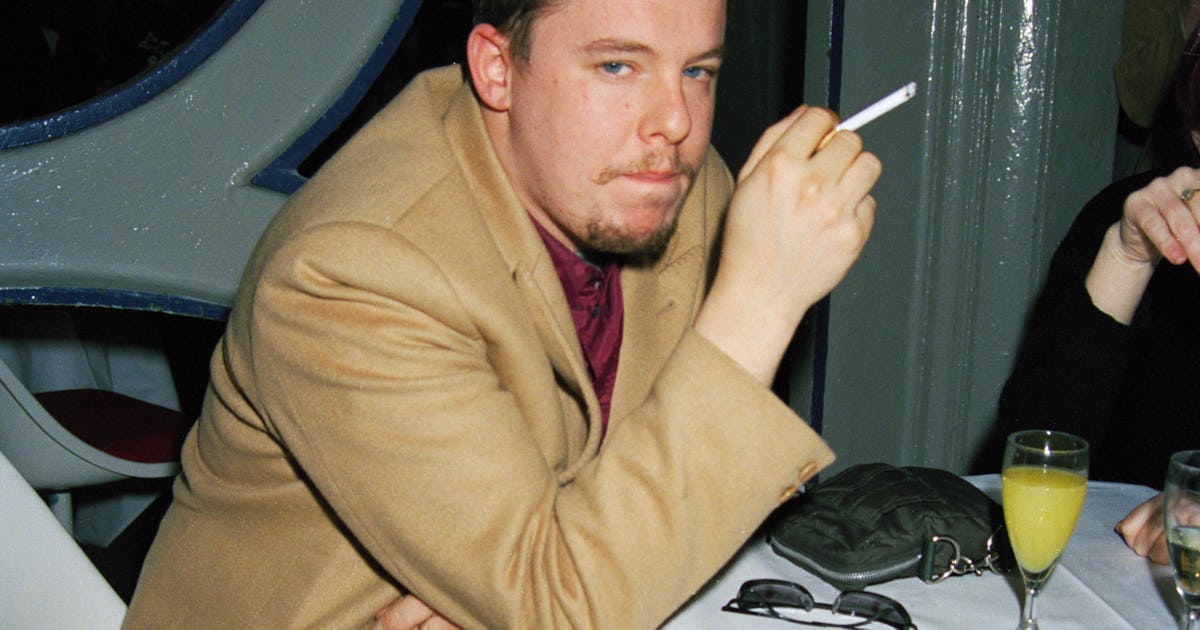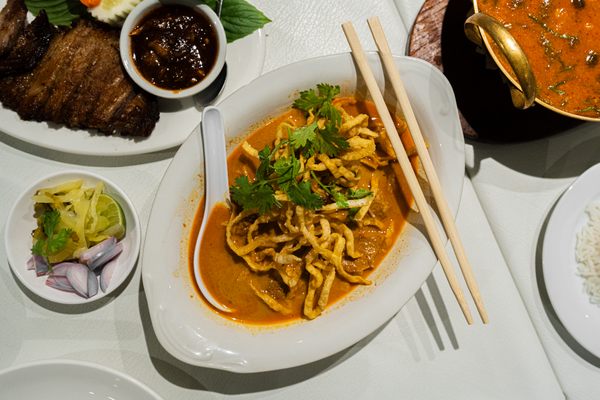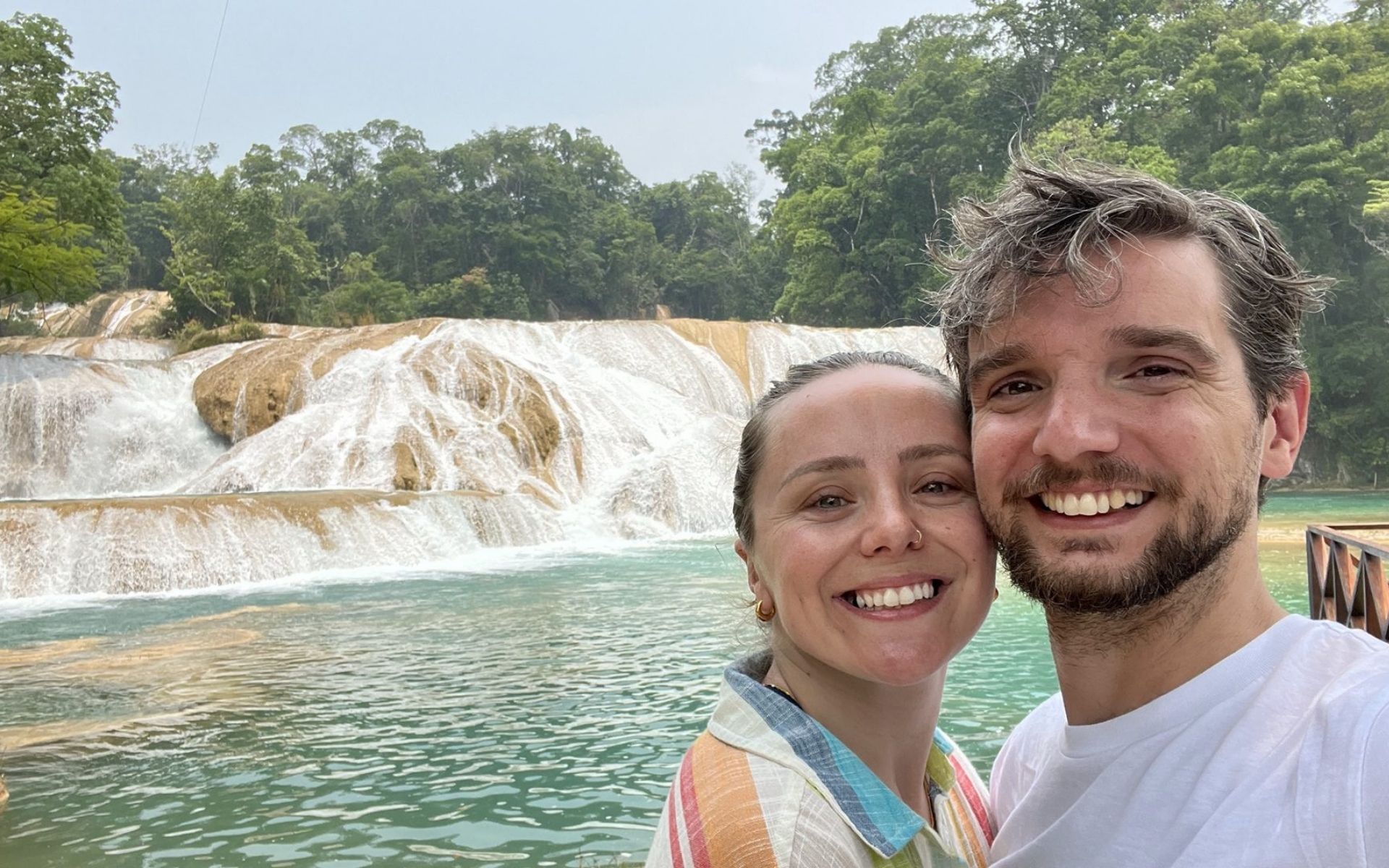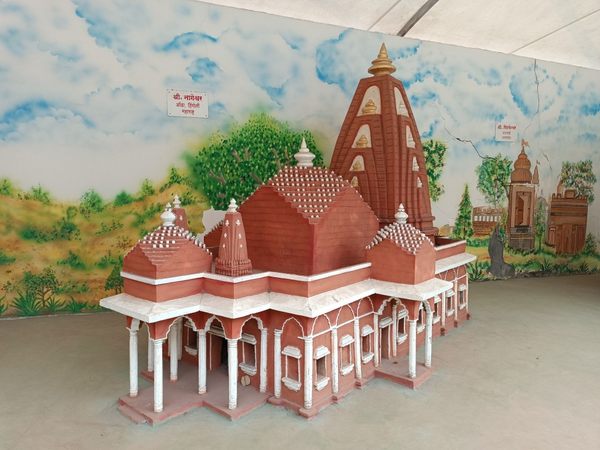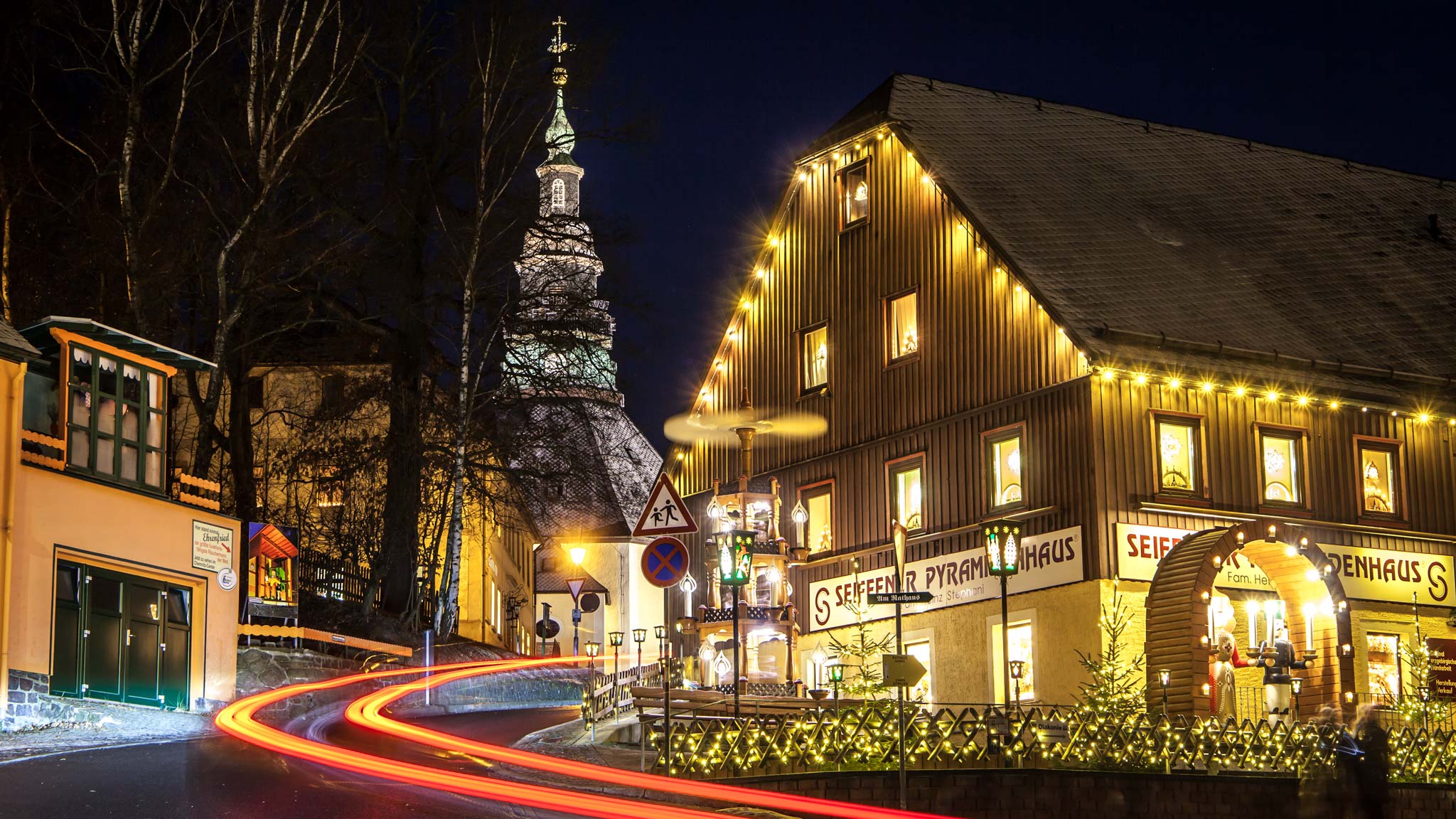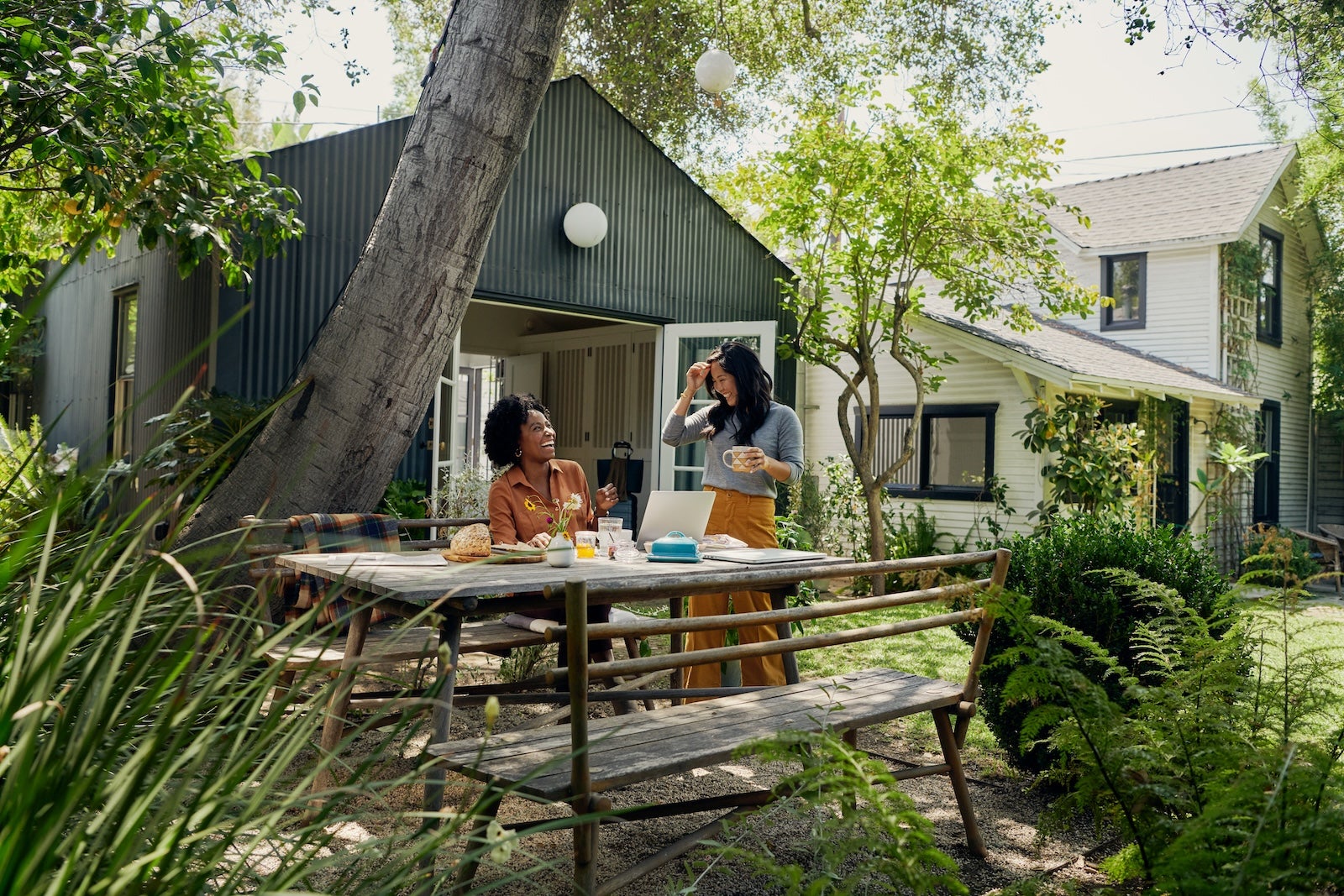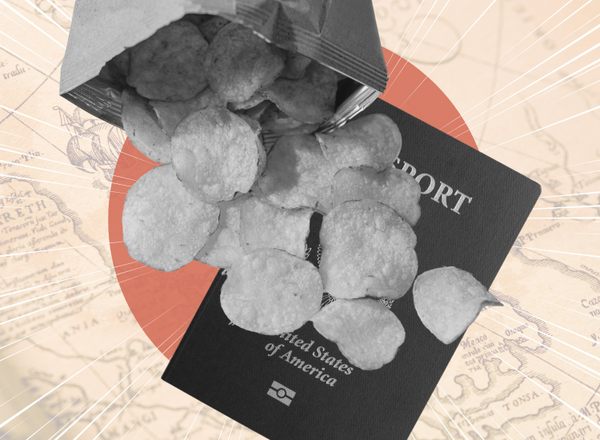Charaideo Moidam in Bokopukhuri Habi, India
Tucked away in the shadow of the Himalayas in northeast India, towering burial mounds preserve a royal resting place from the ancient Ahom Kingdom. The Tai Dynasty may be long gone, ending in 1826, but the kings, queens, and nobles are still held in high esteem by their descendants. Now a UNESCO World Heritage Site, a winding path through the leafy green archaeological park reveals a distinctive entombment style centered around a burial chamber. A hemispherical earthen mound covers the chamber, an octagonal brick base wall surrounds the mound, and an arched entry and a brick structure sit on top. Of the 386 moidams (burial mounds) explored so far, 90 royal burials at Charaideo are the best preserved examples of the burial traditions. Sizes vary from a modest mound to a hillock of 65 feet, depending upon the power, status, and resources of the person buried. As a designated royal burial ground, an annual community ceremony continues the Tai tradition of ancestor worship by offering prayers and sprinkling holy water on the kings’ graves in their memory. A new museum nearby showcases treasures from the moidams including distinctive coins, decorative objects, weapons, jewelry, and even human remains. The signage throughout explains how the moidams were built, excavated, and preserved.


Tucked away in the shadow of the Himalayas in northeast India, towering burial mounds preserve a royal resting place from the ancient Ahom Kingdom. The Tai Dynasty may be long gone, ending in 1826, but the kings, queens, and nobles are still held in high esteem by their descendants.
Now a UNESCO World Heritage Site, a winding path through the leafy green archaeological park reveals a distinctive entombment style centered around a burial chamber. A hemispherical earthen mound covers the chamber, an octagonal brick base wall surrounds the mound, and an arched entry and a brick structure sit on top.
Of the 386 moidams (burial mounds) explored so far, 90 royal burials at Charaideo are the best preserved examples of the burial traditions. Sizes vary from a modest mound to a hillock of 65 feet, depending upon the power, status, and resources of the person buried.
As a designated royal burial ground, an annual community ceremony continues the Tai tradition of ancestor worship by offering prayers and sprinkling holy water on the kings’ graves in their memory.
A new museum nearby showcases treasures from the moidams including distinctive coins, decorative objects, weapons, jewelry, and even human remains. The signage throughout explains how the moidams were built, excavated, and preserved.


































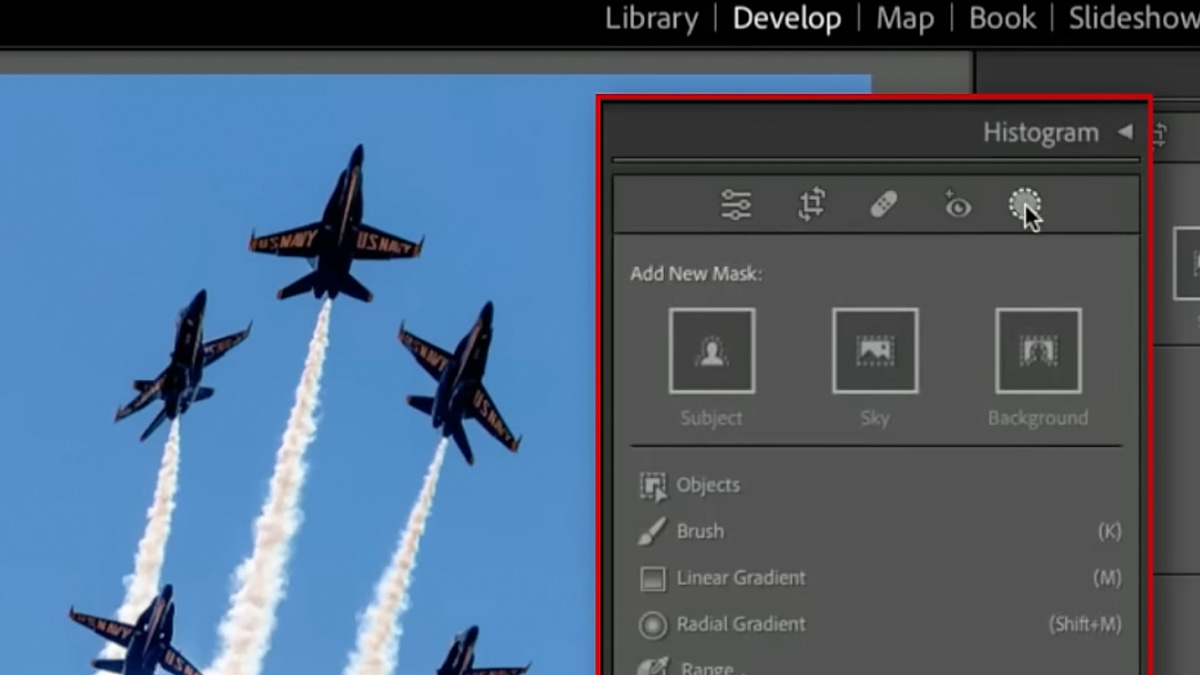








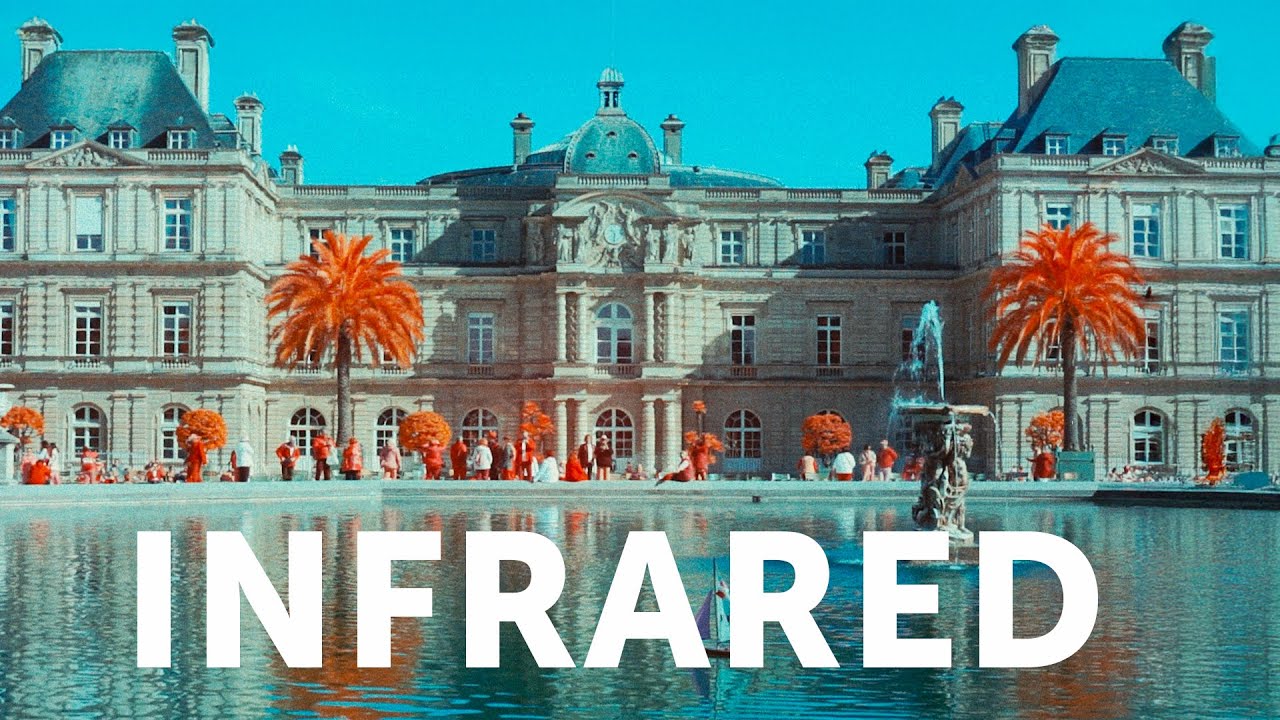

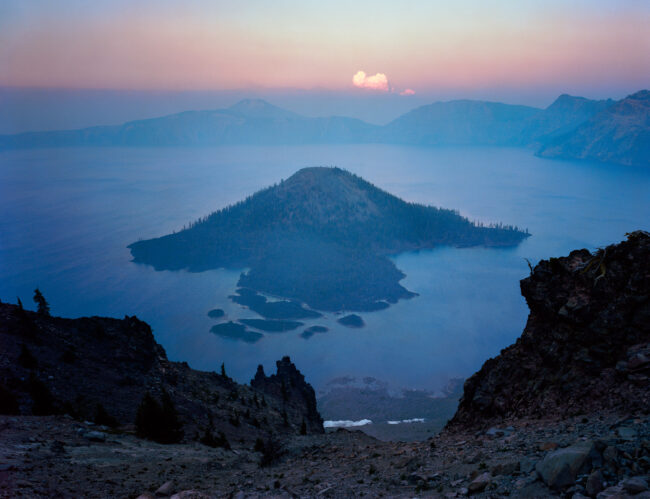













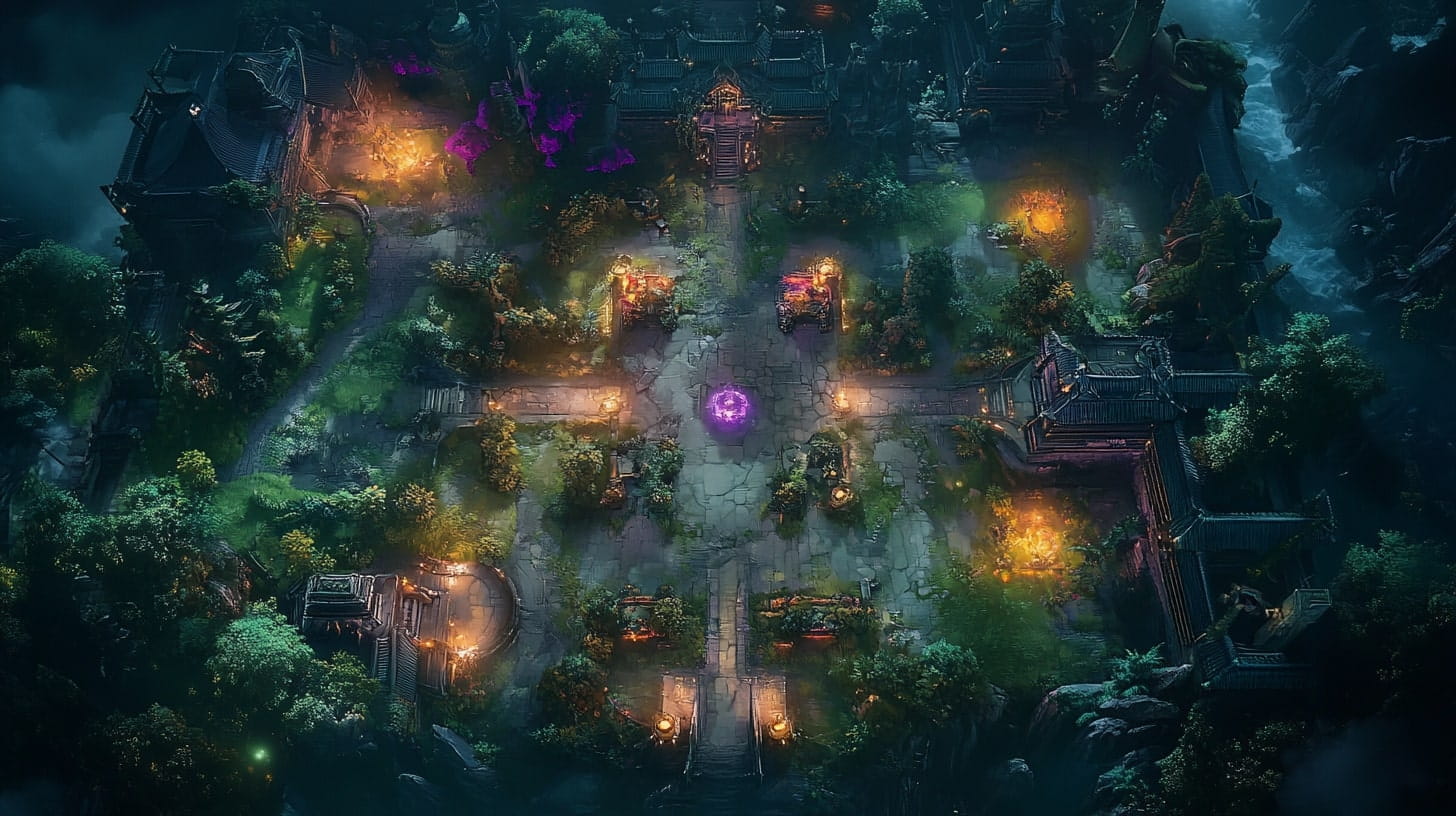
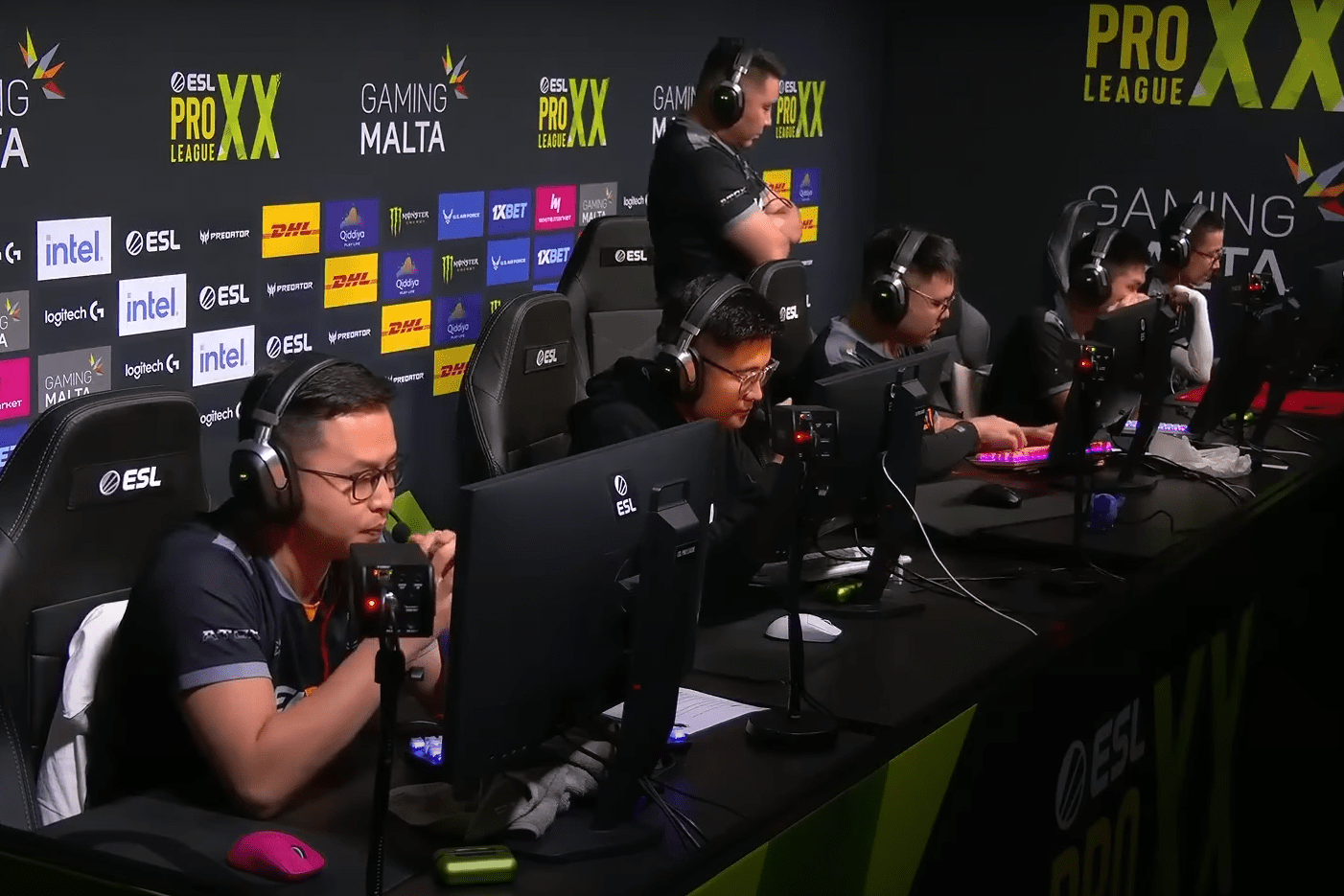






























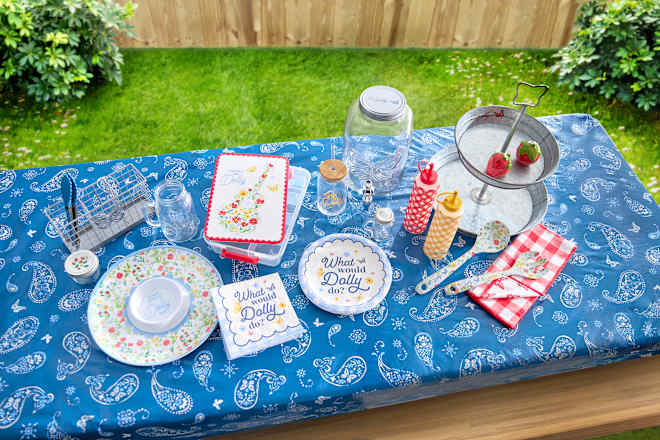
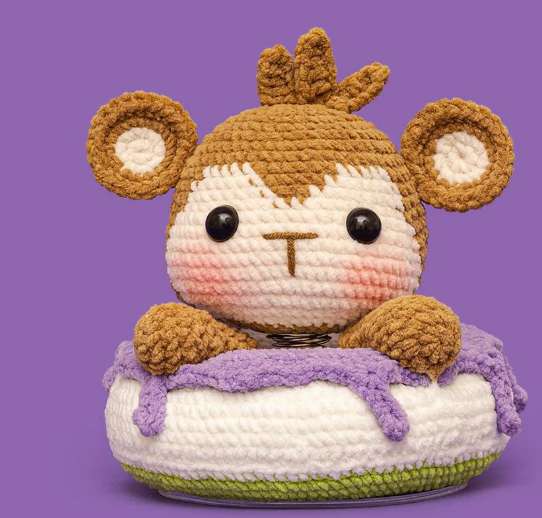

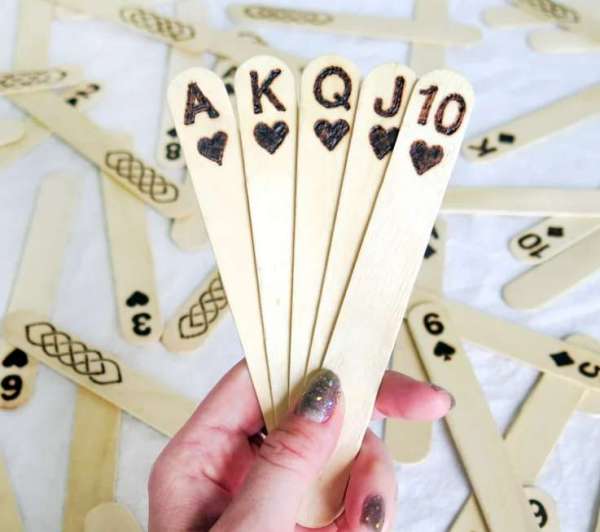




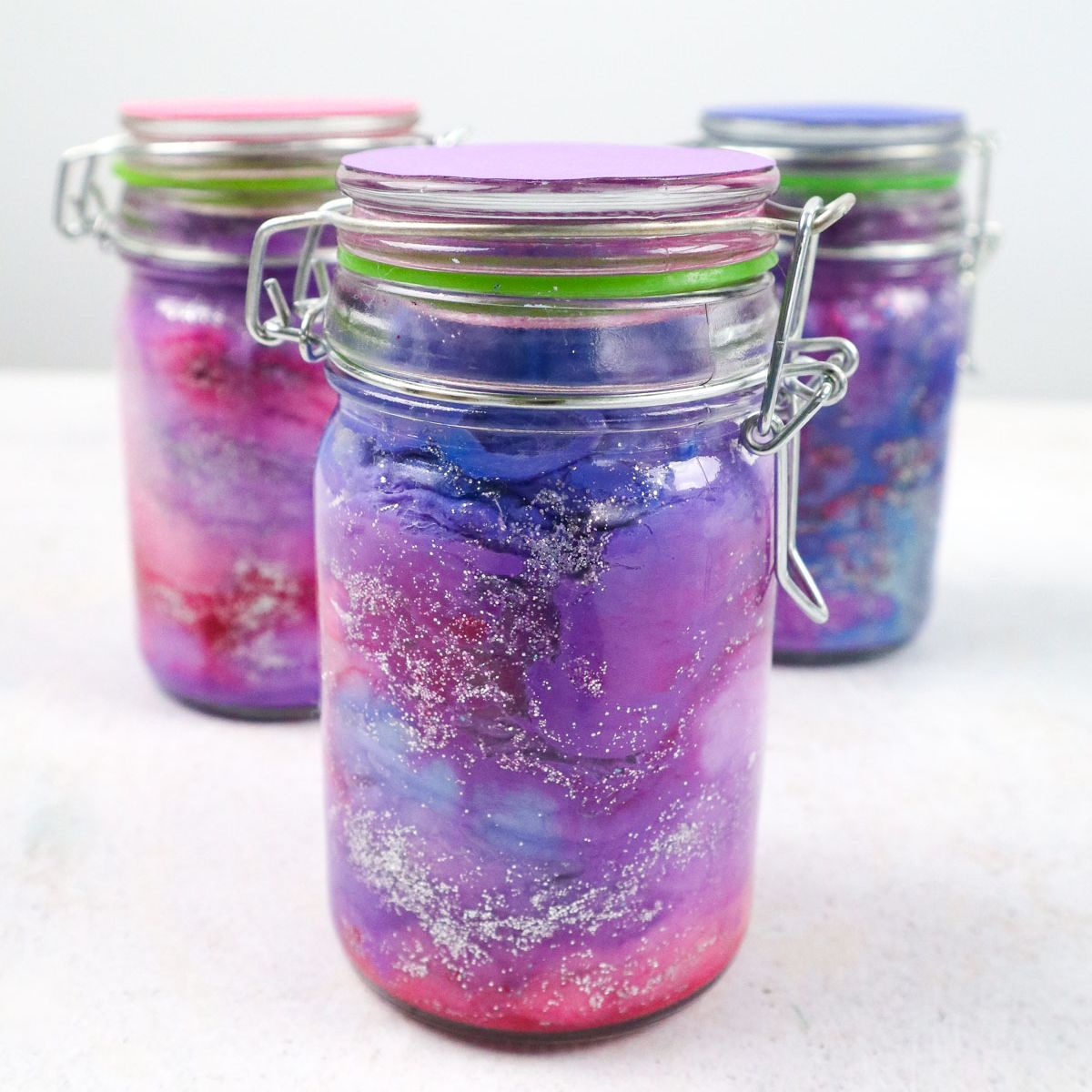





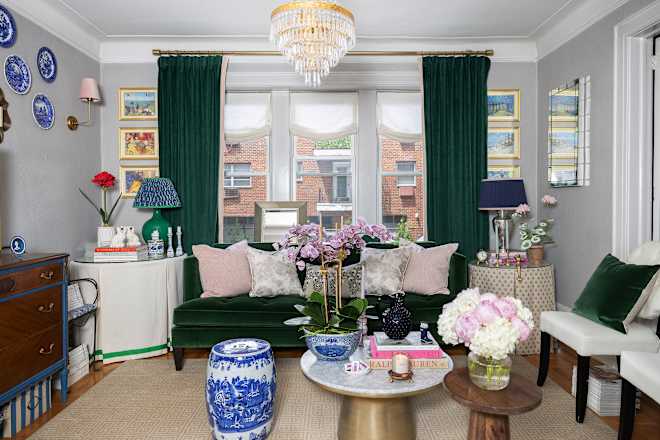










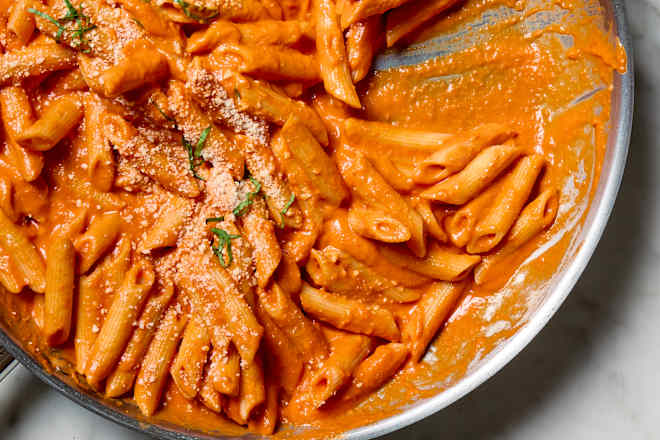






















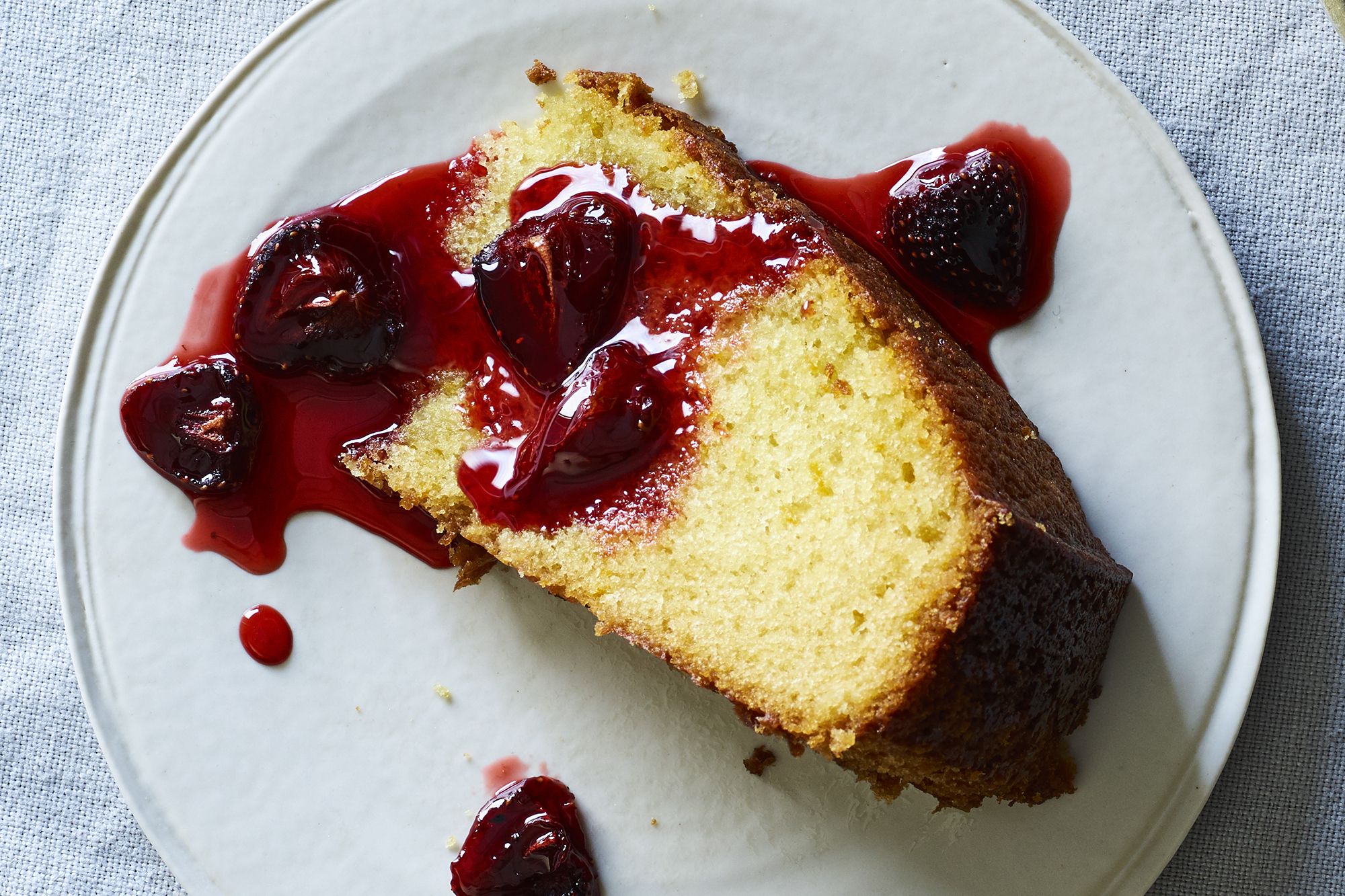

























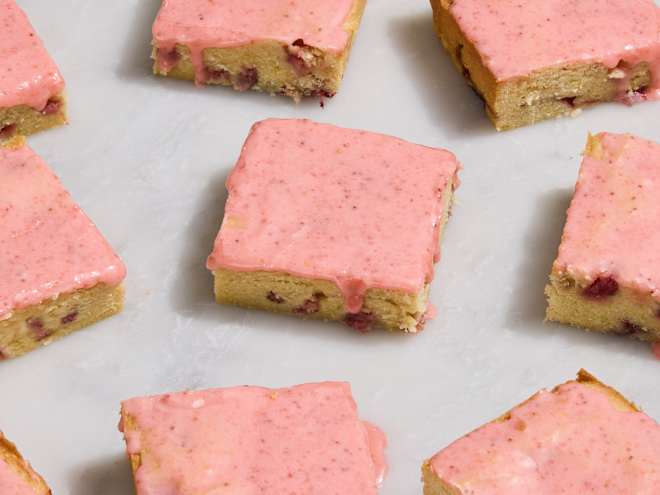


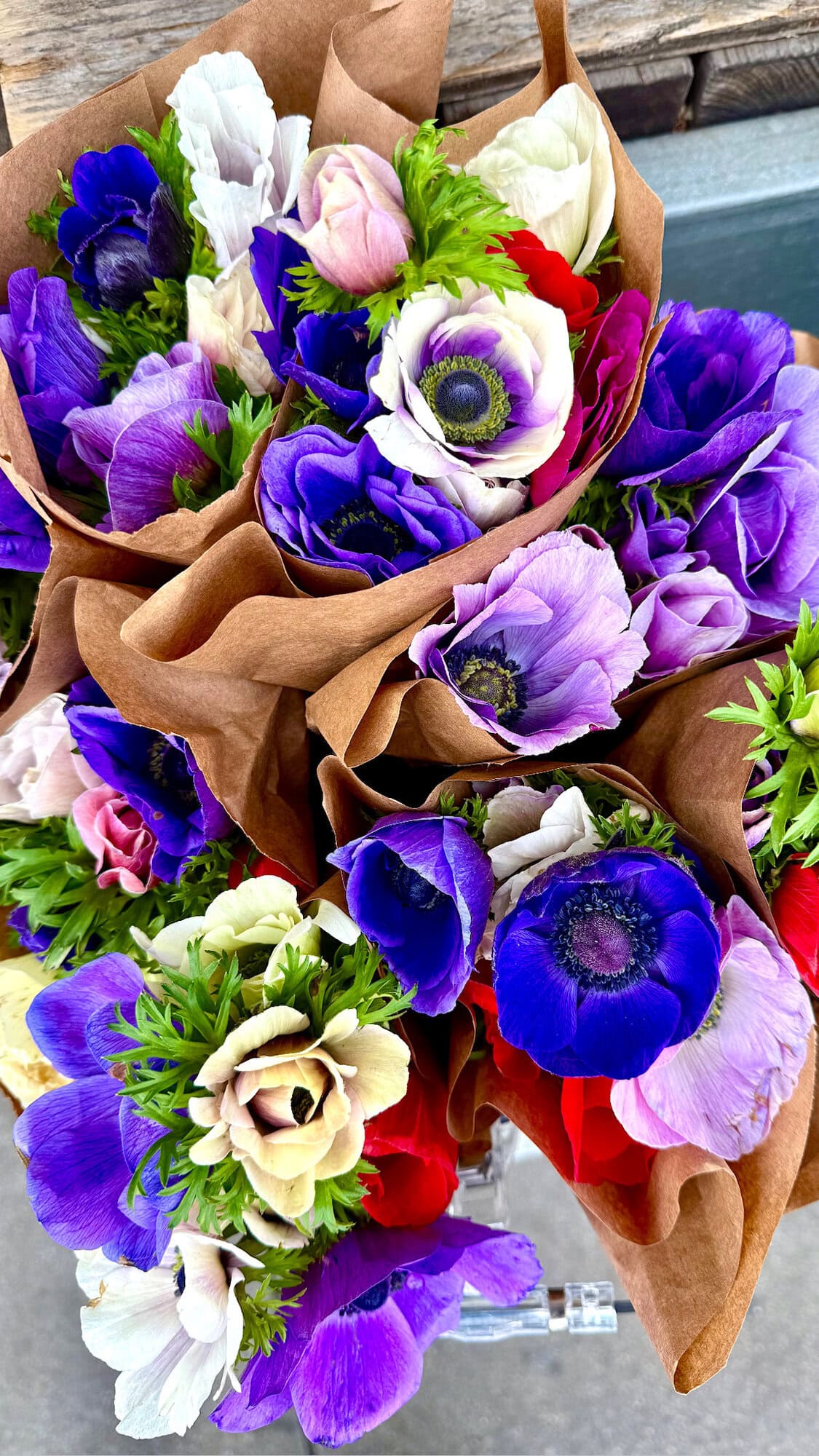








.jpg)


